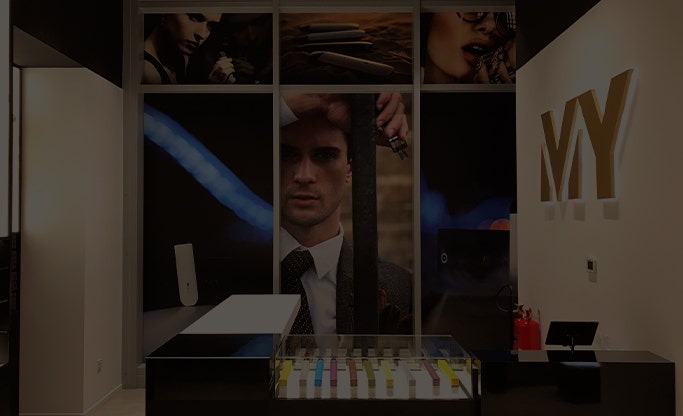Ancient philosophers coined the idea of a utopian city. The idea dwindled with centuries with intermittent renewals in different geographical locations and times. Ideally, the city would suit the immediate needs of the people residing therein without being obsolete with the advance of time and technology. Of course, this would require that the city is adaptable among many other traits. It is no wonder it has continued to be an idea rather than a reality.
However, over the course of history, few cities have come close to utopia and in this century, Dubai is one of them, at least, where art and design are concerned.
Urbanization and the desire to be competitive has caused many countries to trade in the dream of utopia for a more ‘realistic’ approach. It has led to an extreme reliance on private landowners and companies to be the only ones involved in the development of cities. This is faster in producing results but not necessarily a good thing.
Recently there has been an overarching desire to find new perceptions for cities that have the future in mind. The concept of sustainable development regarding urban designs and development has been embraced by some countries with others waiting to see it play out first.
One of the founding principles is that the city should be able to keep its social value including the aesthetics.
The cities of the future will be nests for not just economic progress but also social progress. They will be bases for diversity, social dialogue, and environmental renewal. They will attract people on a global scale and will be well equipped to handle them without compromising their integrity. They will also be green.
Building such a city is not just an architectural event; it also involves building an image that agrees with the aesthetics of the utopian city. The city will also be distinct and true to the culture of the people who live in it.
Two Arab cities were selected for the case study to clarify ways of achieving aesthetic values in future cities. The design of these cities is different in natural and cultural vocabularies.
An example of one such city is Xeritown in Dubai. The town is built after the design of traditional Indian settlements and manages to pull this off without seeming backward. The streets have been shaded and the walls made in such a way that they emit a feeling of connectedness.
The energy that is needed in the city is from the sun. This has distinct advantages with the biggest of them being its reliability and inexhaustibility.
One of the things that contribute to how people see a city is how it looks visually. People tend to respond more to one that is appealing but at the same time historically correct and this city does not fall short. It highlights to some extend the desert environment in which it is located without the pitfalls such as lack of water.
In terms of structure, it is also true to what an urban city is supposed to look like. It has successfully managed to pull off a clean urban atmosphere and to reduce too much dependence on non-renewable sources of energy.
If other countries are going to pull off feats like this, they may want to study what has already been done.



